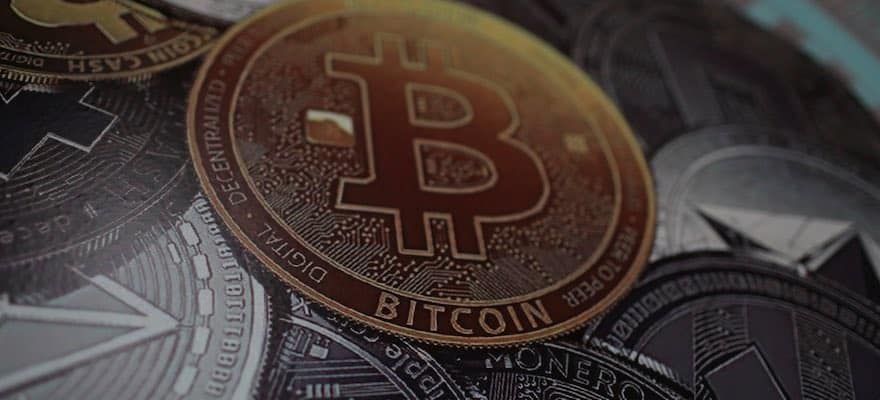One of the major criticisms of Bitcoin is in its mining as it uses the electricity of a small nation state. Even if this is renewable energy, the inconvenient truth in our nascent Blockchain industry is that it is part of the problem, not the solution.
There is however a better way for blockchain technologies to use less energy and at the same time provide investors in the space with a new form of investment. It’s slowly changing the game for digital assets and it’s called Proof of Stake.
Proof of Stake solves the problem of the energy issue resulting from Bitcoin’s Proof of Work consensus mechanism. Proof of Stake is not only a major efficiency upgrade to blockchain technology, but it can provide a consistent level of yield to give investors a new income stream.
Imagine investing in oil and gas, knowing there is a well with an unlimited supply and no environmental footprint! Proof of Stake works by reinvesting your tokens as collateral and in return you earn more tokens. In other words, it’s not dissimilar to buying a share in Company XYZ.
By buying a share, you are giving your money to Company XYZ, in return for which they aim to provide not only an appreciation in the share price, but a dividend every so often.
Some digital assets have similar characteristics to shares in terms of dividend yield. There are some Proof of Stake blockchain networks operating at a global scale that computers around the world running their Open Source software to agree consensus on transactions.
Think of this as Company XYZ putting your investment to good use by building products and selling them, only in the digital world, your money is being used to support the computing network.
Without it the blockchain will not be able to function, just like Company XYZ will not be able to build new products without your investment.
Some of these Proof of Stake tokens can yield over 10%, which may sound too good to be true, but as with any investment there comes risk. Staked digital assets in Proof of Stake networks carry certain unique risks, specifically something called 'slashing'.
Slashing occurs when certain network participants are automatically penalised by the network if the network's health is compromised by major technical issues, internal attacks or cyber-attacks. In some networks, slashing carries a penalty of between 0.01% and 5% of anyone's staked tokens.
There are large scale Proof of Stake ‘crypto network’ blockchains will replace many of the old legacy internet systems, and as such, their associated Proof of Stake tokens will be highly desirable. As well as the vital function of the token in the network, tokens will accrue value as they grow in adoption and provide this new form of dividend income streams.
There is plenty of growing investor demand in liquid, 24/7 and global markets for Proof of Stake tokens. These tokens have real utility and real value and are critical in these new crypto networks that will power future industries.
So, if you are reading this and are thinking you’ve missed the opportunity, don’t worry, you haven’t missed the boat. Look for Proof of Stake models which offer a large network with good security and an engaged community.
The rewards of Proof of Stake crypto economics will be substantial for investors as we are entering a new golden era of blockchain and crypto as it starts to get global adoption.
This post was written by Keld van Schreven, the Managing Partner and Co-Founder of KR1 plc, the London listed cryptocurrency and blockchain investment company. Keld has been involved in the tech industry since 1995 and Bitcoin since 2013.
Previously, he has started several tech start-ups including SmartTrade App, a leading UK mobile payment app. Keld is true advocate for the use of blockchain technology and a regular speaker at industry events, including Techcrunch and MoneyX.











